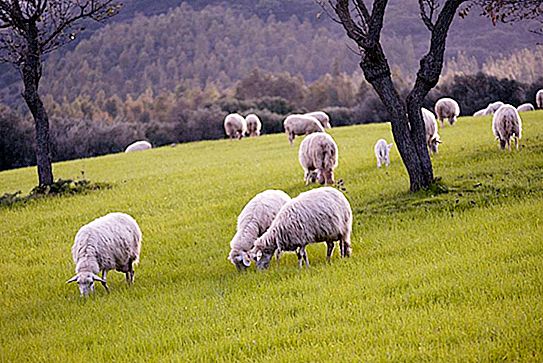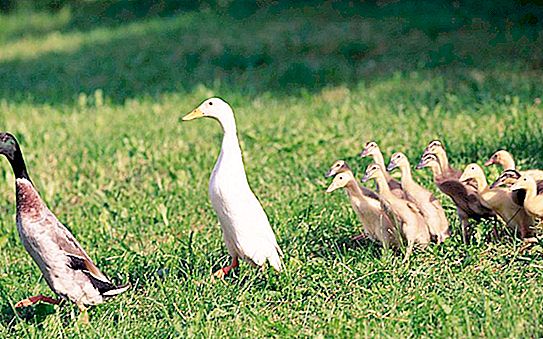All living things on Earth are affected by disease. They can act locally, or can spread over long distances in a matter of days, taking tens, or even thousands of lives. Diseases in animals in their scale and strength are divided into sporadic, panzootic, epizootic and enzootic. The essence and examples of the latter phenomenon will be presented in our article.
Enzootia is what?
Animal diseases are not much different from human diseases. Our smaller brothers can also be exposed to viruses, bacteria and parasites, passing them not only to closely related species, but also to representatives of other groups, classes and orders.
If the disease covers large areas, then this phenomenon is called epizootic. Spreading over a whole country or continent, it develops into panzootia. Enzootia is an outbreak of a disease that is characteristic of a particular area and is often recorded within it. So, tuberculosis, plague, foot and mouth disease, rabies are common on all continents and can occur in any country. Outbreaks of glanders occur annually in the countries of Asia and the Middle East, and outbreaks of cattle plague occur in Africa and Asia.
True enzootia
Enzootia, the occurrence of which is associated with natural processes, is called true. Its appearance is associated with the specific natural conditions of the area: the characteristics of the composition of water, soil, climate and other factors.
Often, diseases arise due to the fact that animals do not receive the elements they need, since the soil or plants in a particular region simply do not contain them. For example, in a shrub-bog zone there is often a lack of cobalt, which causes acobaltosis. It is manifested by frequent diarrhea, cachexia and anemia of ruminants. Podzolic, peat and sandy soils and meadows growing on them are usually poor in copper, which causes chronic hypocuporosis in sheep and cattle.

Another cause of enzootia is infections, the causative agents of which develop within the boundaries of a certain territory. In countries where pig farming is developed, outbreaks of classical swine fever occur, in which mortality is recorded in 80-90% of cases. Rift Valley fever is common in some countries in Africa, affecting cattle, camels, sheep, goats, rodents and even humans.
Statistical Enzootia
If the diseases are not associated not with natural conditions, but with human economic activity, then this is statistical enzootia. Her outbreaks occur due to improper care of animals and non-compliance with sanitary and veterinary standards.
A common infection among chickens, geese and ducks is colibacteriosis. It affects the heart, respiratory and digestive systems, as well as the liver of animals. The disease occurs if the premises where the bird is kept are not cleaned during the time and the droppings get into food, water or eggs.





